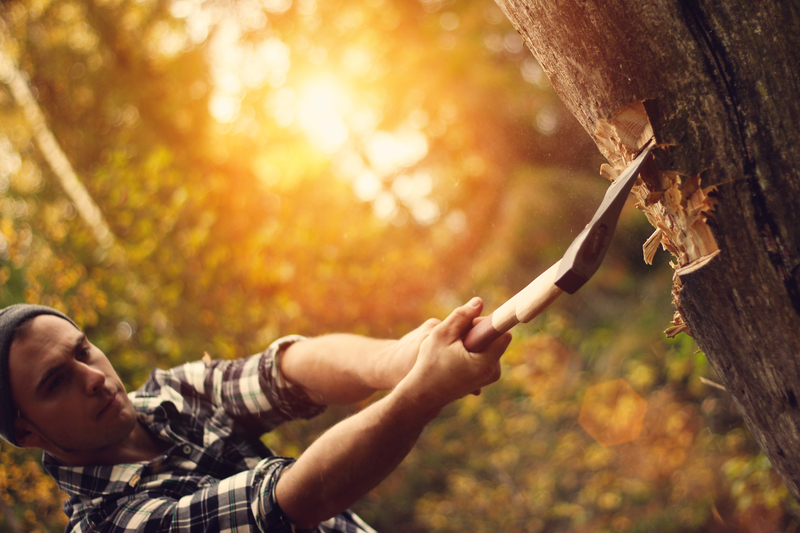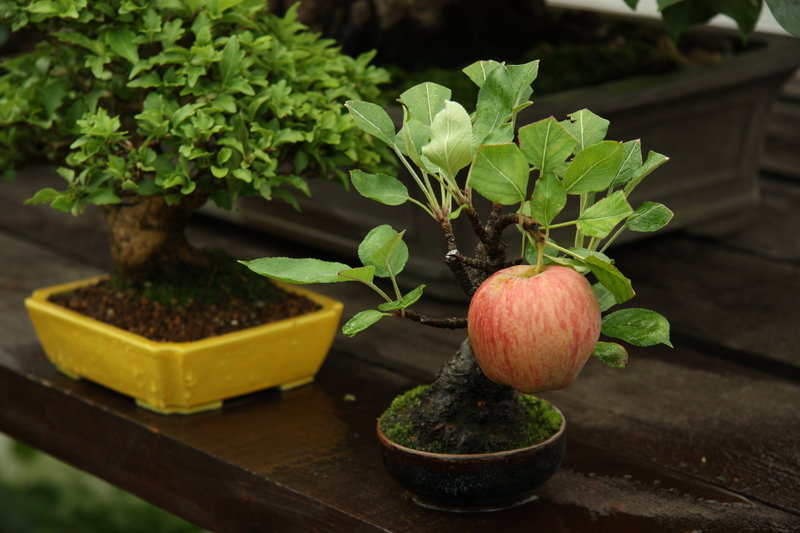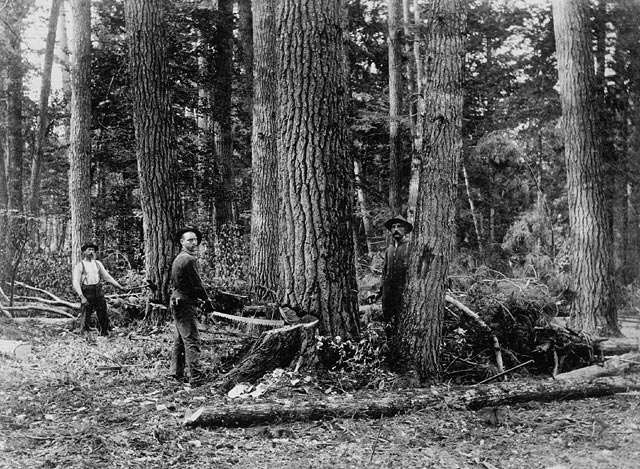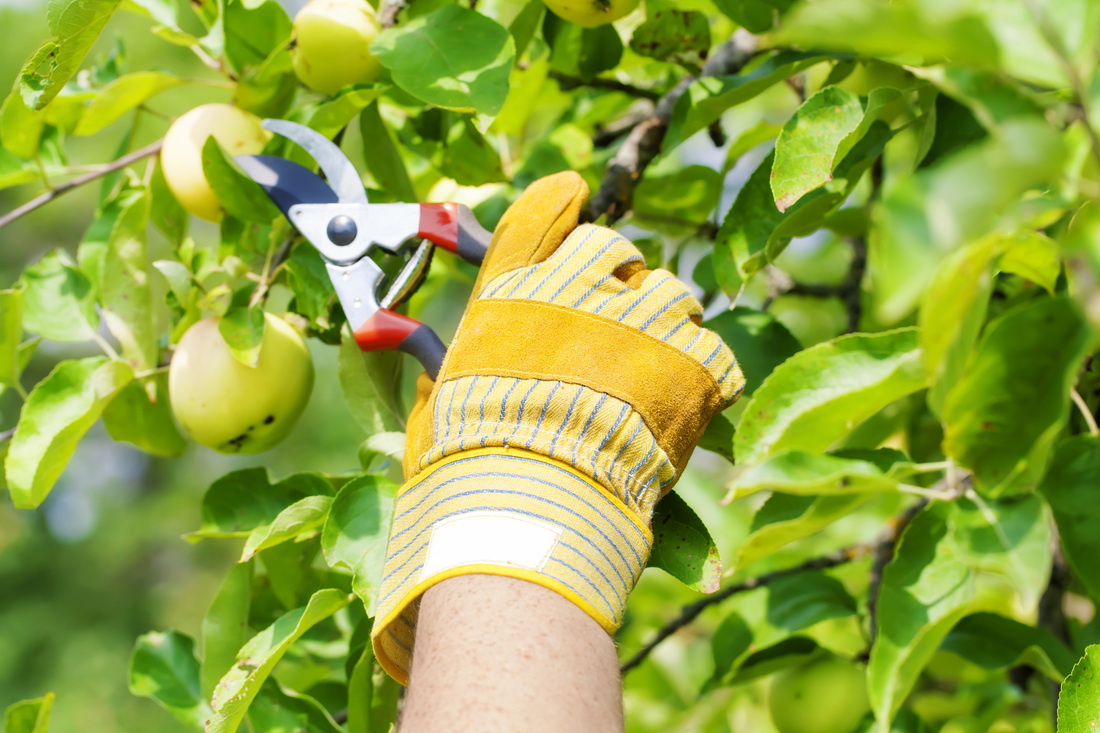
Removing trees from your property is a great way to clear out space for other use, or to gather up firewood for the winter. If you plan to cut a tree down on your own, it’s important that you understand how difficult, and dangerous the task can be. Especially if you have never attempted to cut down a tree in the past.
Here are a few safety tips that will help you cut down trees without putting yourself in danger.
- Use the Right Equipment
Failure to use the right equipment could result in a serious accident. Be sure that you have the right safety gear on hand to keep yourself from getting badly injured. Safety is something that should be taken seriously when it comes to tree cutting. The essential safety gear you should have on hand includes:
- A logger’s helmet to protect your head from falling branches
- Earmuffs and a face screen that will protect your eyes and ears
- Safety glasses to prevent dust and particles from getting in your eyes
- Kevlar chaps, these will stop a chainsaw instantly if you accidentally drop the bar against your leg.
- Use Felling Wedges
Felling wedges go inside the cut in the tree to prevent the saw you are using from getting pinched during the cut. You will need a pair of these plastic wedges and they can be purchased at any location that sells chainsaws or similar equipment.
- Carefully Estimate the Felling Zone
It’s difficult to tell how tall a tree is just by looking at it. Therefore, you should estimate how tall it is by using the ax handle trick. Hold your ax handle out straight in front of you. With one eye closed, move until you see the ax top aligned with the tree top, and the bottom aligns with the base. Your feet will be around where the treetop will fall. However, this is still just an estimate. Always allow for extra room when it’s time to cut.
- Analyze the Tree
Look at the tree and don’t cut it down if you notice any dead branches that are broken yet still attached to the tree. Also, be cautious if the tree is leaning in one direction, or if there are any buildings, fences, or power lines in the felling zone.
- Plan & Cut the Notch
 Plan on where you will cut the notch. It will need to be on the “fall” side of the tree. Adjust your saw until it points toward the fall direction. Before you cut, lay out the notch by marking it or scoring the bark using the chainsaw. Make it at a comfortable height so that it’s easier to cut.
Plan on where you will cut the notch. It will need to be on the “fall” side of the tree. Adjust your saw until it points toward the fall direction. Before you cut, lay out the notch by marking it or scoring the bark using the chainsaw. Make it at a comfortable height so that it’s easier to cut.
You may also like: “Building a Tiny House”
When cutting, make the top cut first, then the bottom. If you do well with the top notch, the wedge will drop freely out of the notch. If not, you can extend the cuts from the top or bottom, allowing the wedge to fall out.
- Use a Lookout
When you make your felling cut, it will be much safer if you have a lookout standing several feet behind you. They can watch for falling branches and let you know when the tree begins to fall. They can also alert you when it’s time to vacate the area since you can’t keep your eye on the saw and the tree at the same time. A lookout can also let you know if something is going wrong before the tree is completely cut, such as a branch falling near you.
Tree cutting is a job that should always be taken seriously. Many hazards lie between the cutting process and the falling tree, be sure to take all factors into account before dropping a tree.








